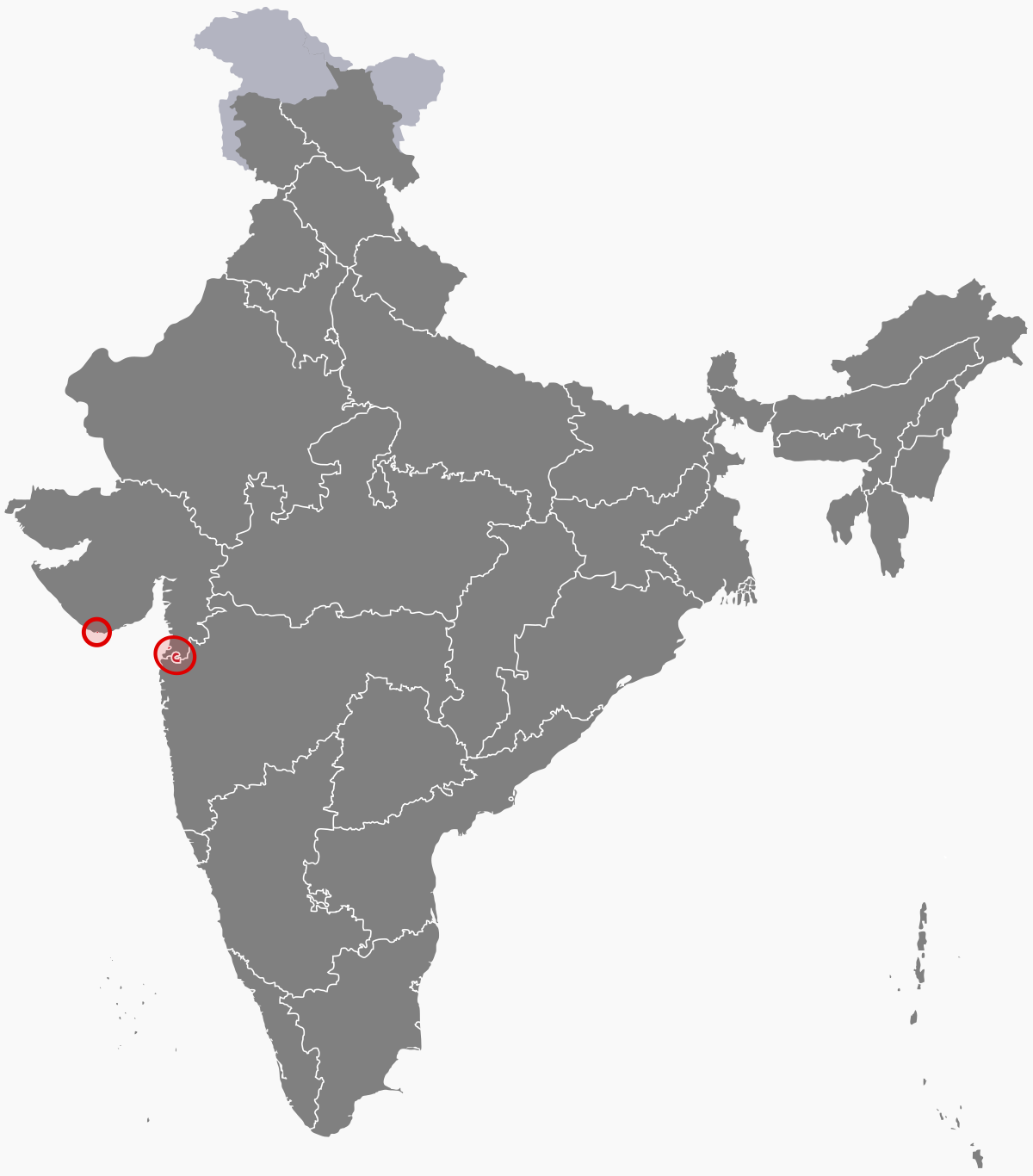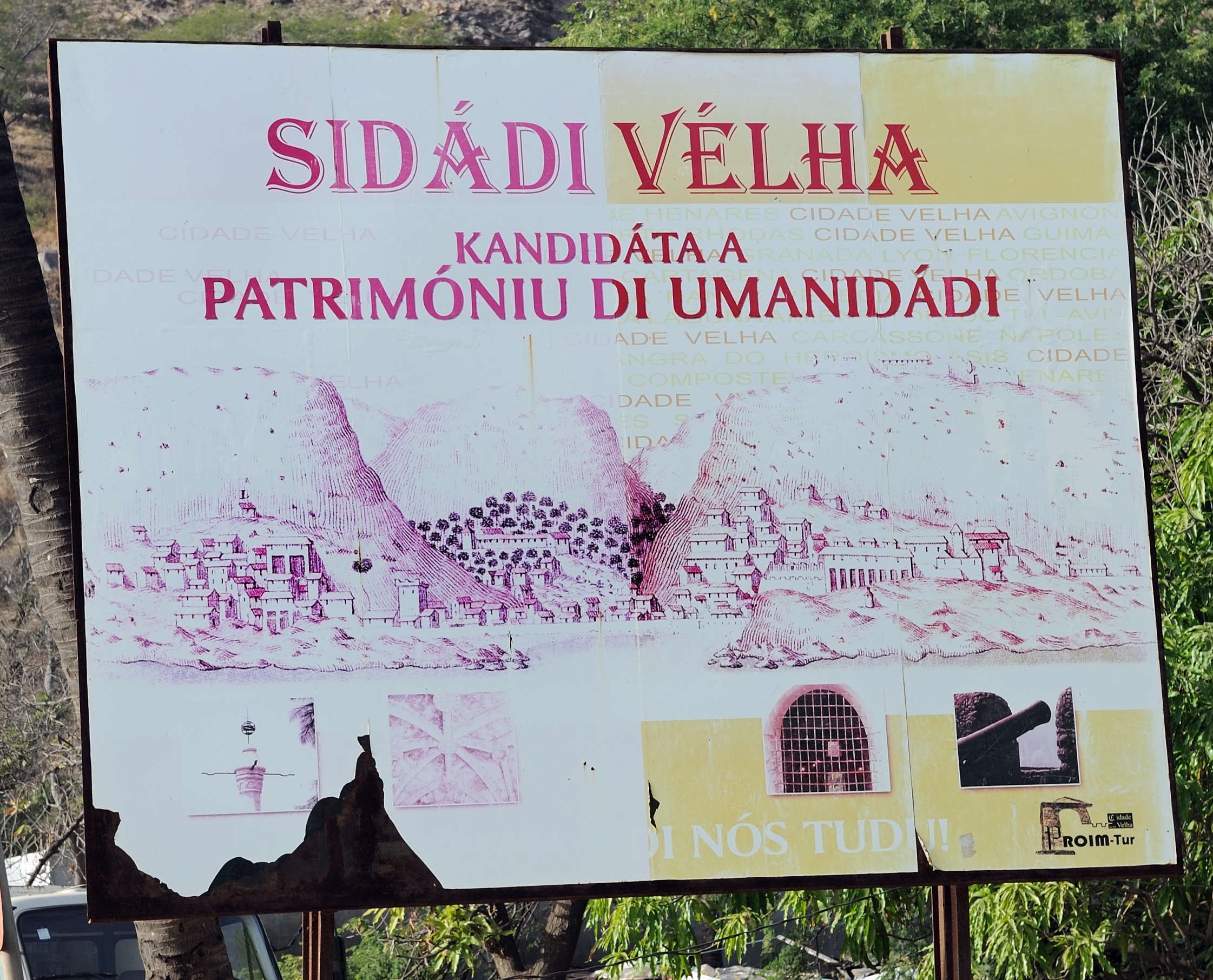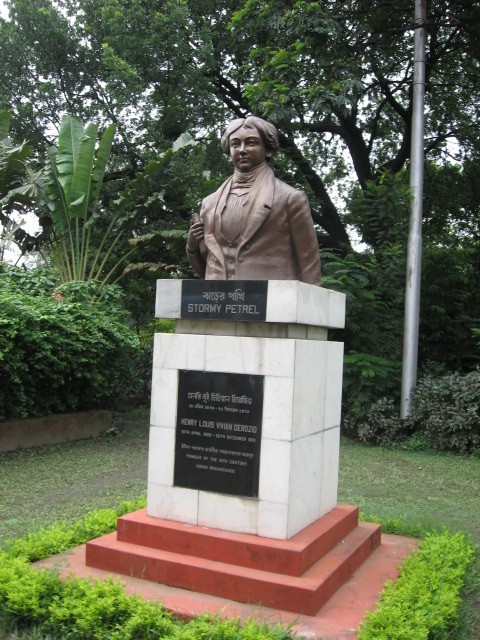|
Indo-Portuguese
Indo-Portuguese creoles are the several Portuguese creoles spoken in the erstwhile Portuguese Indian settlements, Cochin Portuguese Creole, Fort Bassein, Goa and Damaon, Portuguese Ceylon etc, in present-day India and Sri Lanka. These creoles are now mostly extinct or endangered, the creoles have substantial European Portuguese words in their grammars or lexicons: * Ceylon Portuguese creole ''(Sri Lanka)'' * Damaon and Dio Portuguese creole * Kristi language ( Chaul Portuguese creole) * Norteiro creole (Bassein) * Bombay Portuguese creole * Goa Portuguese creole * Korlai Portuguese * Cochin Portuguese creole * Cannanore Portuguese creole * Bengali Portuguese creole The expression Indo-Portuguese may refer not only to the creoles but also to the creole people groups of Luso-Indians and Portuguese Burghers, who spoke them on the Indian subcontinent The Indian subcontinent is a physiographical region in Southern Asia. It is situated on the Indian Plate, projec ... [...More Info...] [...Related Items...] OR: [Wikipedia] [Google] [Baidu] |
Portuguese India
The State of India ( pt, Estado da Índia), also referred as the Portuguese State of India (''Estado Português da Índia'', EPI) or simply Portuguese India (), was a state of the Portuguese Empire founded six years after the discovery of a sea route to the Indian subcontinent by Vasco da Gama, a subject of the Kingdom of Portugal. The capital of Portuguese India served as the governing centre of a string of military forts and trade posts scattered all over the Indian Ocean. The first viceroy, Francisco de Almeida established his base of operations at Fort Manuel, after the Kingdom of Cochin negotiated to become a protectorate of Portugal in 1505. With the Portuguese conquest of Goa from the Bijapur Sultanate in 1510, Goa became the major anchorage for the Portuguese Armadas arriving in India. The capital of the viceroyalty was transferred from Cochin in the Malabar region to Goa in 1530. From 1535, Mumbai (Bombay) was a harbour of Portuguese India as '' Bom Bahia'' ... [...More Info...] [...Related Items...] OR: [Wikipedia] [Google] [Baidu] |
Damaon And Dio Portuguese Creole
The Daman and Diu Portuguese Creole, pt, língua crioula de Damão e Diu and by its native speakers as meaning "home language", refers to variety of Indo-Portuguese creole spoken in the Dadra and Nagar Haveli and Daman and Diu union territory, in the Konkan region of India. Before the Indian annexation of the territory, the creole spoken by the Damanese natives underwent through a profound decreolisation in the erstwhile Portuguese Goa and Damaon colony, a phenomenon whereby the Indo-Portuguese creole reconverged with European Portuguese. Daman Indo-Portuguese The Daman creole is a descendant of the Norteiro creole, spoken originally by the '' Norteiros'' on the Coast from Chaul, Baçaim, Bombay, Daman and Diu. The superstrate language is Portuguese. The substrate of the Daman creole is likely to be Konkani. Gujarati has also been suggested as a possible substrate, but this is doubtful since the Gujarati people moved into the region only ''after'' the Portuguese arr ... [...More Info...] [...Related Items...] OR: [Wikipedia] [Google] [Baidu] |
Portuguese Creole
Portuguese creoles are creole languages which have Portuguese as their substantial lexifier. The most widely-spoken creoles influenced by Portuguese are Cape Verdean Creole, Guinea-Bissau Creole and Papiamento. Origins Portuguese overseas exploration in the 15th and 16th centuries led to the establishment of a Portuguese Empire with trading posts, forts and colonies in Africa, Asia and the Americas. Contact between the Portuguese language and native languages gave rise to many Portuguese-based pidgins, used as linguas francas throughout the Portuguese sphere of influence. In time, many of these pidgins were nativized, becoming new stable creole languages. As is the rule in most creoles, the lexicon of these languages can be traced to the parent languages, usually with predominance of Portuguese; These creoles are (or were) spoken mostly by communities of descendants of Portuguese, natives, and sometimes other peoples from the Portuguese colonial empire. Until recently ... [...More Info...] [...Related Items...] OR: [Wikipedia] [Google] [Baidu] |
Portuguese Creole
Portuguese creoles are creole languages which have Portuguese as their substantial lexifier. The most widely-spoken creoles influenced by Portuguese are Cape Verdean Creole, Guinea-Bissau Creole and Papiamento. Origins Portuguese overseas exploration in the 15th and 16th centuries led to the establishment of a Portuguese Empire with trading posts, forts and colonies in Africa, Asia and the Americas. Contact between the Portuguese language and native languages gave rise to many Portuguese-based pidgins, used as linguas francas throughout the Portuguese sphere of influence. In time, many of these pidgins were nativized, becoming new stable creole languages. As is the rule in most creoles, the lexicon of these languages can be traced to the parent languages, usually with predominance of Portuguese; These creoles are (or were) spoken mostly by communities of descendants of Portuguese, natives, and sometimes other peoples from the Portuguese colonial empire. Until recently ... [...More Info...] [...Related Items...] OR: [Wikipedia] [Google] [Baidu] |
Portuguese-based Pidgins And Creoles
Portuguese creoles are creole languages which have Portuguese as their substantial lexifier. The most widely-spoken creoles influenced by Portuguese are Cape Verdean Creole, Guinea-Bissau Creole and Papiamento. Origins Portuguese overseas exploration in the 15th and 16th centuries led to the establishment of a Portuguese Empire with trading posts, forts and colonies in Africa, Asia and the Americas. Contact between the Portuguese language and native languages gave rise to many Portuguese-based pidgins, used as linguas francas throughout the Portuguese sphere of influence. In time, many of these pidgins were nativized, becoming new stable creole languages. As is the rule in most creoles, the lexicon of these languages can be traced to the parent languages, usually with predominance of Portuguese; These creoles are (or were) spoken mostly by communities of descendants of Portuguese, natives, and sometimes other peoples from the Portuguese colonial empire. Until recently ... [...More Info...] [...Related Items...] OR: [Wikipedia] [Google] [Baidu] |
Ceylon Portuguese Creole
Sri Lanka Indo-Portuguese, Ceylonese Portuguese Creole or Sri Lankan Portuguese Creole (SLPC) is a language spoken in Sri Lanka. While the predominant languages of the island are Sinhala and Tamil, the interaction of the Portuguese and the Sri Lankans led to the evolution of a new language, Sri Lanka Portuguese Creole (SLPC), which flourished as a '' lingua franca'' on the island for over 350 years (16th to mid-19th centuries). SLPC continues to be spoken by an unknown number of Sri Lankans, estimated to be extremely small.Smith, IR. Sri Lanka Portuguese Creole Phonology. 1978. Dravidian Linguistics Association. All speakers of SLPC are members of the Burgher community, who are descendants of the Portuguese and Dutch who founded families in Sri Lanka. Europeans, Eurasians and Burghers account for 0.2% of the Sri Lankan population. Though only a small group of people actually continue to speak SLPC, Portuguese cultural traditions are still in wide practice by many Sri Lankans ... [...More Info...] [...Related Items...] OR: [Wikipedia] [Google] [Baidu] |
Luso-Indians
Luso-Indians or Portuguese-Indian, is a subgroup of the larger multiracial ethnic creole people of Luso-Asians. Luso-Indians are people who have mixed varied Indian subcontinent and European Portuguese ancestry or people of Portuguese descent born or living or originating in former Portuguese Indian colonies, the most important of which were Goa and Damaon of the Konkan region in the present-day Republic of India (formerly British India), and their descendants/ diaspora around the world, the Anglosphere, Lusosphere, Portuguese East Indies etc. Luso-Asians of the Indian subcontinent are primarily from Velha Goa, Damaon, Dio district, St Mary's islands of Mangalore, Bombay (Mumbai), Korlai (Chaul), Vasai (Bassein), Silvassa, Cape Comorin, Fort Cochin etc. There are also a number of New Christian Brahmins and Christian Cxatrias with Portuguese surnames, but do not necessarily possess European ancestry, being named as such in the process of their religious conversion to Weste ... [...More Info...] [...Related Items...] OR: [Wikipedia] [Google] [Baidu] |
Goa Portuguese Creole
The Portuguese controlled Goa until 1961, when India took over. Only a very small fraction of Goans speak Portuguese nowadays. Although an essential religious language, there were 1,500 students learning Portuguese in Goa in 2015; totaling a number of 10,000 – 12,000 Portuguese speakers in the state. History The history of the Portuguese language in Goa can be traced back to the 15th century, with the arrival of the Portuguese and their rule in the region for over 400 years. Under Portuguese rule, Portuguese was used extensively in government and in the education system. In addition to official government media, Portuguese was also used by religious missionaries, coexisting with many other native languages. After 1961 Portuguese rule in Goa came to an end in 1961 after the liberation of Portuguese Goa by Indian armed forces. There was a very complicated impasse halting the use of Portuguese, which ceased to be the official language. ''O Heraldo'', the Portuguese-language ... [...More Info...] [...Related Items...] OR: [Wikipedia] [Google] [Baidu] |
Bombay Portuguese Creole
The Indo-Portuguese Creole of Bombay was a creole language based on Portuguese, which grew out of the long contact between the Portuguese and local languages such as Marathi and Gujarati. Currently this language is extinct. It was spoken in Bombay (now Mumbai) and northern India: Bassein, Salsette, Thana, Chevai, Mahim, Tecelaria, Dadar, Parel, Cavel, Bandora- Badra, Govai, Marol, Andheri, Versova, Malvan, Manori, Mazagaon. This language was, after the Ceylon creole dialect of Indo-Portuguese, the most important. In 1906 there were still close to 5,000 people who spoke Portuguese Creole as their mother tongue, 2,000 in Mumbai and Mahim, 1000 in Bandora, 500 in Thana, 100 in Curla (now Kurla), 50 in Bassein and 1,000 in other towns. There were, at that time, schools that taught Creole and the richest classes, which were replaced by the English language. See also * Portuguese-based creole languages * Indo-Portuguese creoles Indo-Portuguese creoles are the sever ... [...More Info...] [...Related Items...] OR: [Wikipedia] [Google] [Baidu] |
Portuguese Burghers
The Portuguese Burghers are an ethnic group in Sri Lanka, of mixed Portuguese and Sri Lankan descent. They are largely Roman Catholic and some still speak the Sri Lanka Indo-Portuguese language, a creole based on Portuguese mixed with Sinhalese. In modern times, English has become the common language while Sinhalese is taught in school as a second language. Portuguese Burghers sometimes mixed with but are to be distinguished from other Burgher people, such as Dutch Burghers. Origins The Portuguese Burghers are largely descendants of the Sri Lanka Mestiços, the people of mixed Portuguese and Sri Lankan descent (commonly of a Portuguese father and a Sri Lankan mother) who appeared in the 16th century, after the Portuguese explorers found the sea route to the Indian Ocean. When the Dutch took over coastal Sri Lanka (formerly Ceylon), the descendants of the Portuguese took refuge in the central hills of Kandyan Kingdom under Sinhalese rule. In time, the Dutch and Portuguese ... [...More Info...] [...Related Items...] OR: [Wikipedia] [Google] [Baidu] |
Norteiro People
Norteiros were a historical people who lived in the former Portuguese exclaves in the western littoral parts of the northern Konkan region, in the present-day Greater Bombay Metropolitan Area and the union territory of Damaon, Diu& Silvassa. ''Norteiro'' means "northerner" in the European Portuguese language and its Indo-Portuguese creoles; the term referred to the people inhabiting the territory of the Northern Province (''Província do Norte''), centred in and around the present-day Bassein (Vasai), headquartered at Fort San Sebastian of Bassein which was styled "the Court of the North" (''A Corte do Norte''). It included the Bombay harbour and stood second only to the capital (metropole) of Velha Goa in south Konkan, among Portuguese East Indies colonies in Portuguese India. ''Norteiro'' has largely fallen into disuse, the descendants are the Luso-Indians as in the case of the Damanese of Damaon territory and the Korlaite Christians of Chaul, the natives identify as ... [...More Info...] [...Related Items...] OR: [Wikipedia] [Google] [Baidu] |
Languages Of India
Languages spoken in India belong to several language families, the major ones being the Indo-European languages spoken by 78.05% of Indians and the Dravidian languages spoken by 19.64% of Indians, both families together are sometimes known as Indic languages. Languages spoken by the remaining 2.31% of the population belong to the Austroasiatic, Sino–Tibetan, Tai–Kadai and a few other minor language families and isolates. As per the People's Linguistic Survey of India, India has the second highest number of languages (780), after Papua New Guinea (840). Ethnologue lists a lower number of 456. Article 343 of the Constitution of India stated that the official language of the Union is Hindi in Devanagari script, with official use of English to continue for 15 years from 1947. Later, a constitutional amendment, The Official Languages Act, 1963, allowed for the continuation of English alongside Hindi in the Indian government indefinitely until legislation decides to ... [...More Info...] [...Related Items...] OR: [Wikipedia] [Google] [Baidu] |



